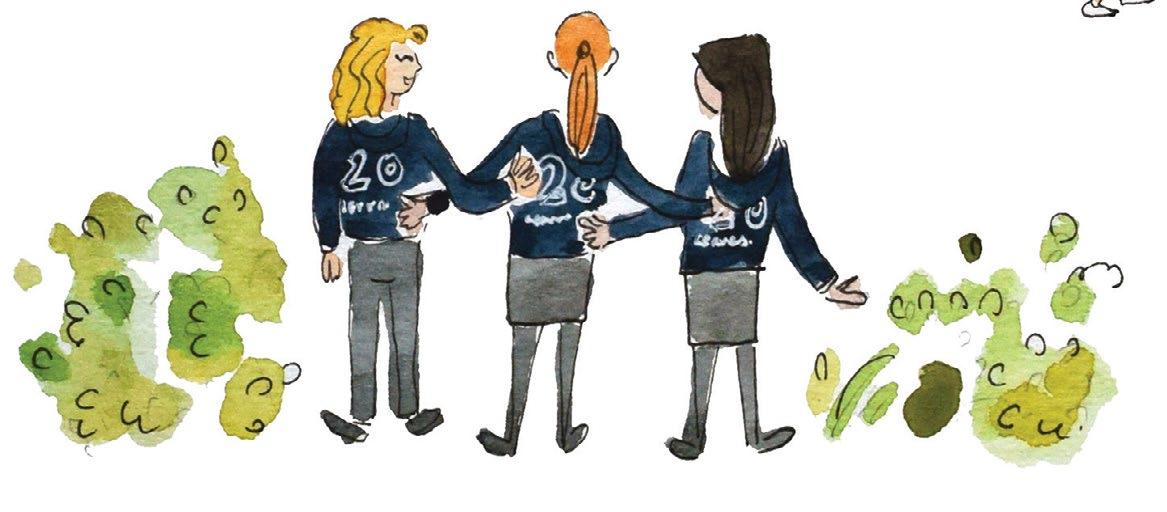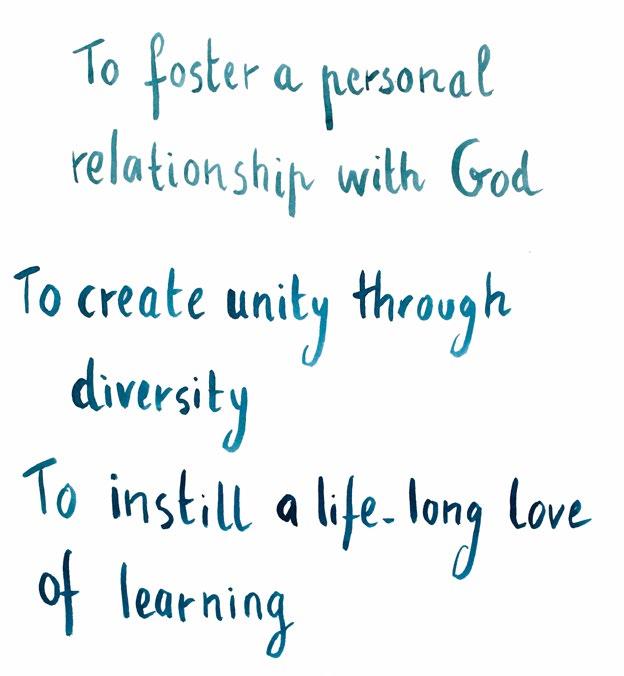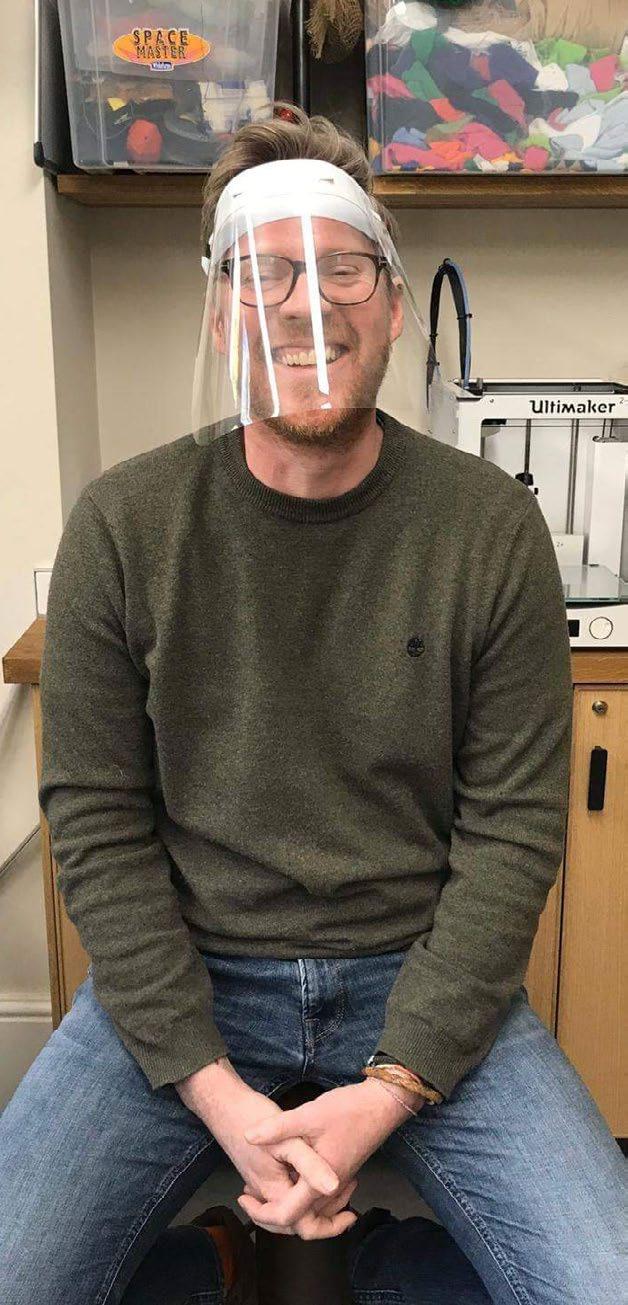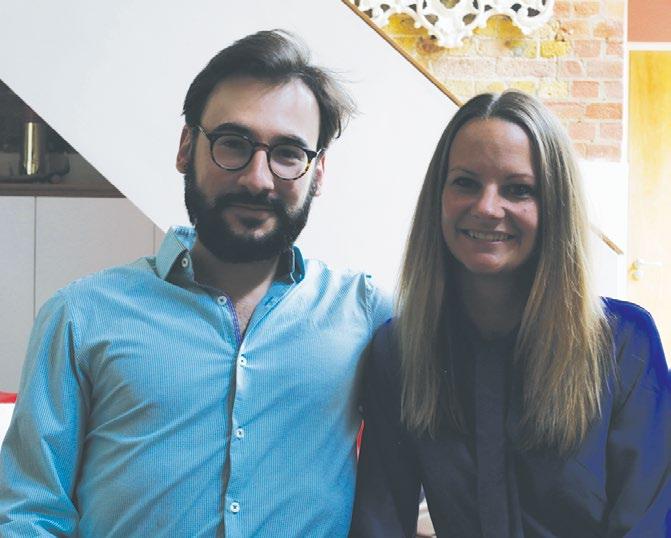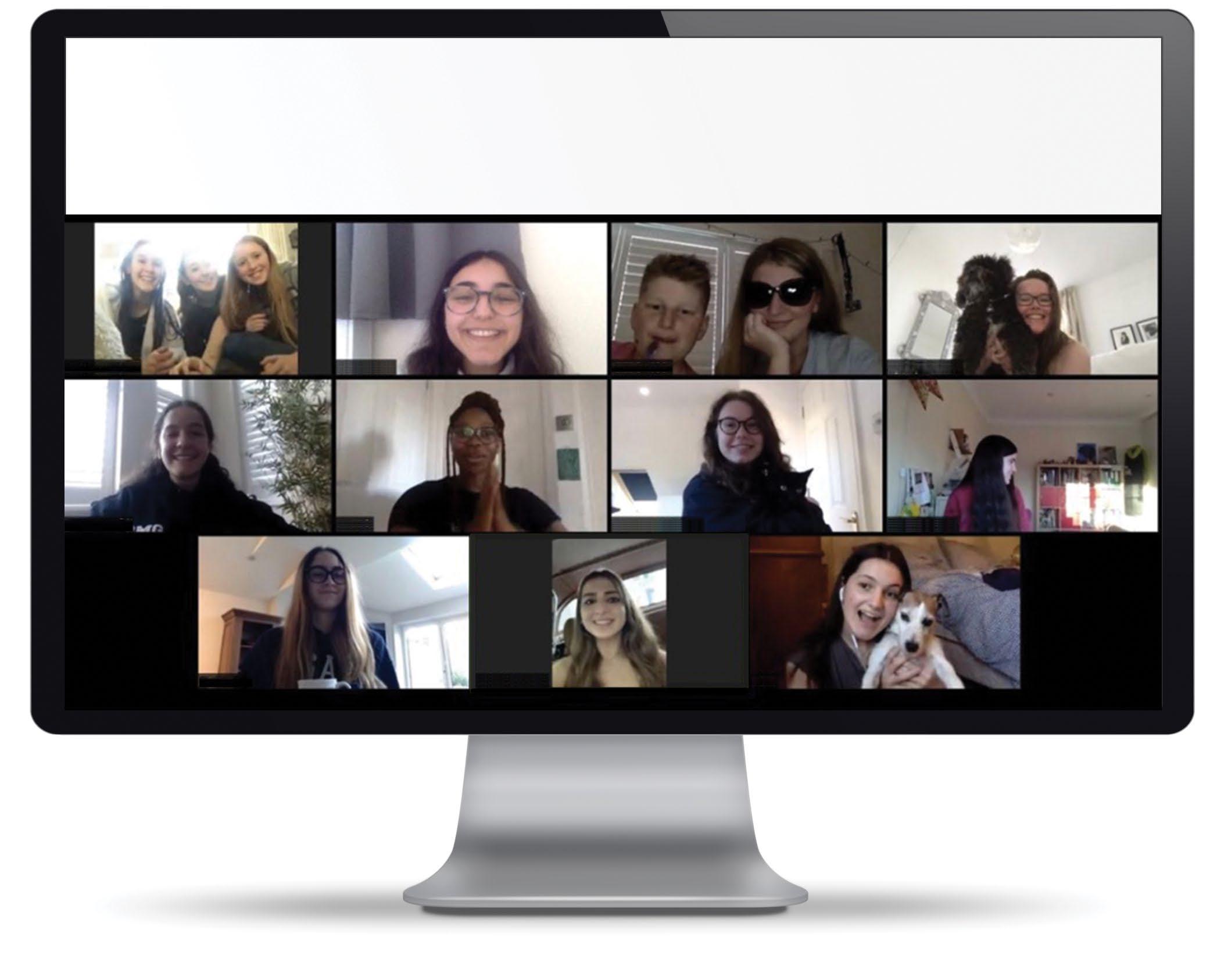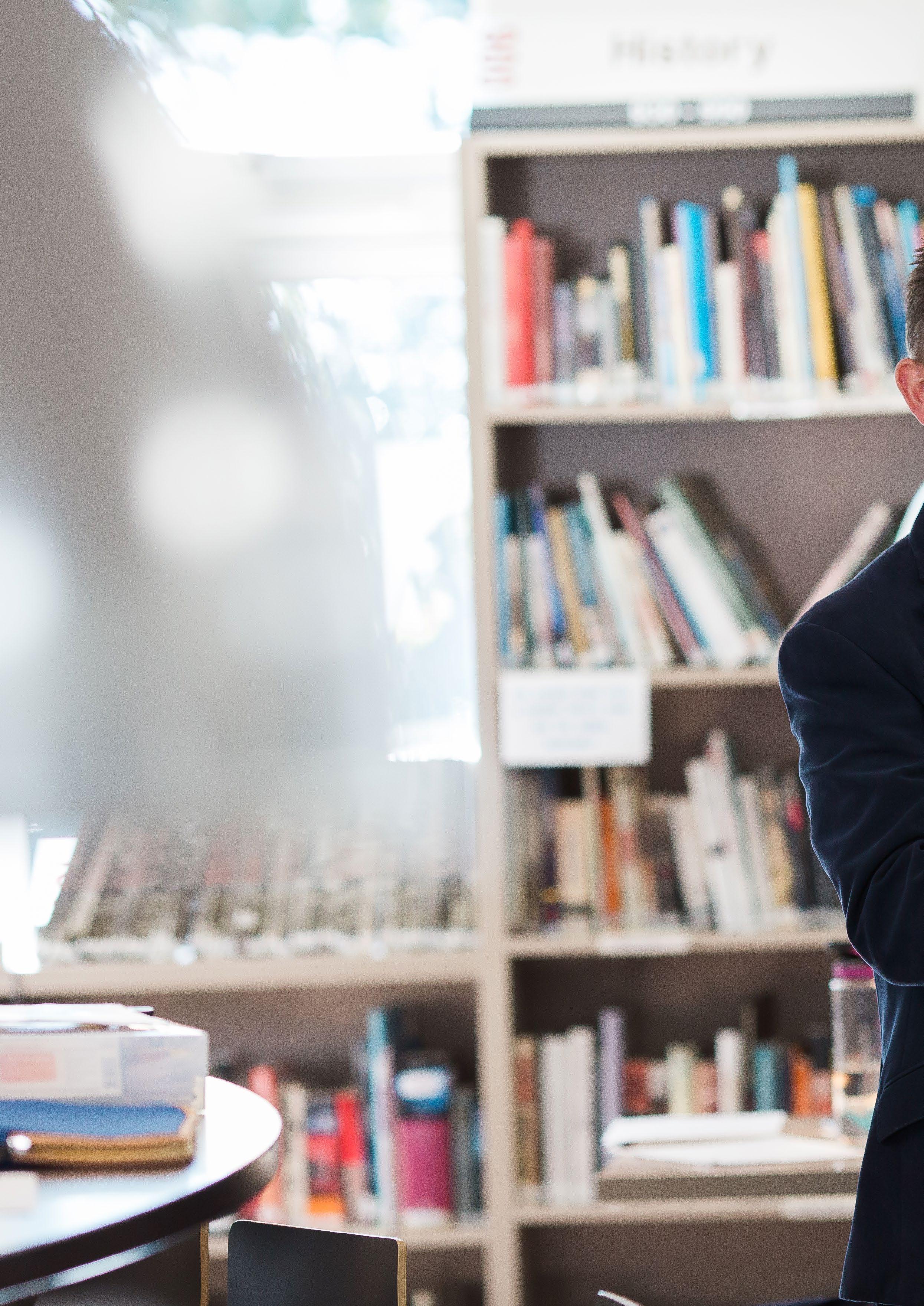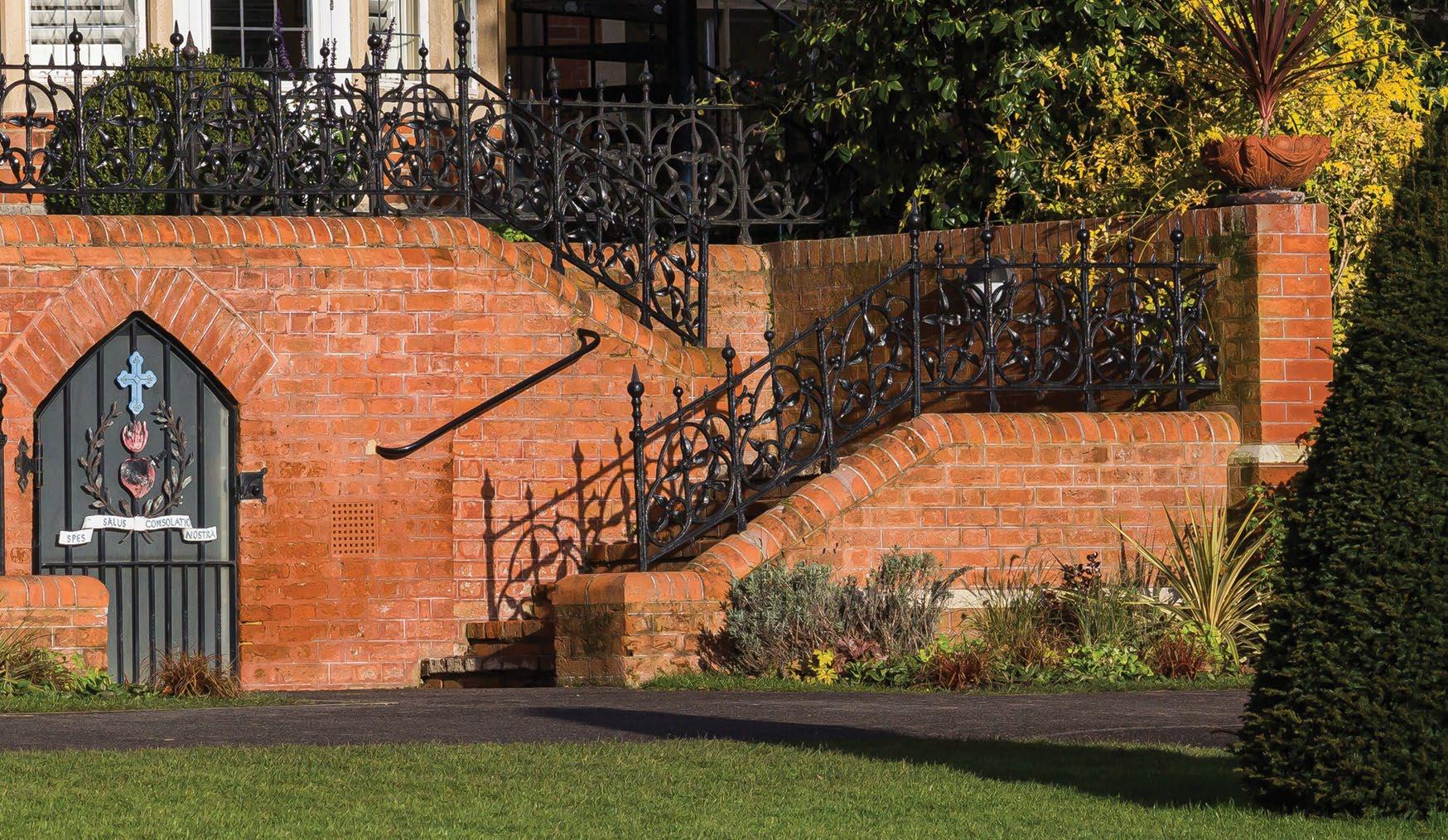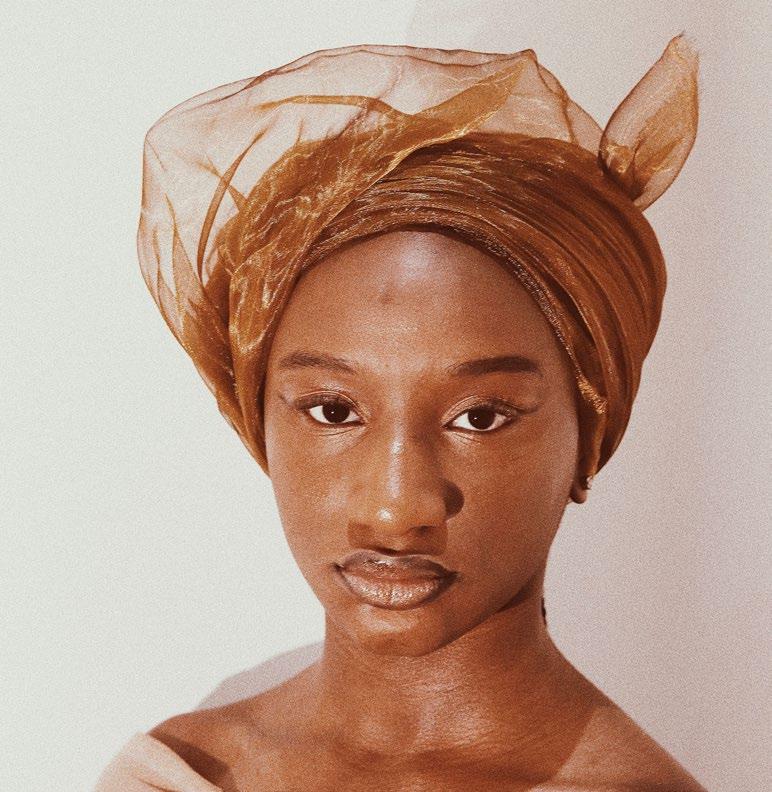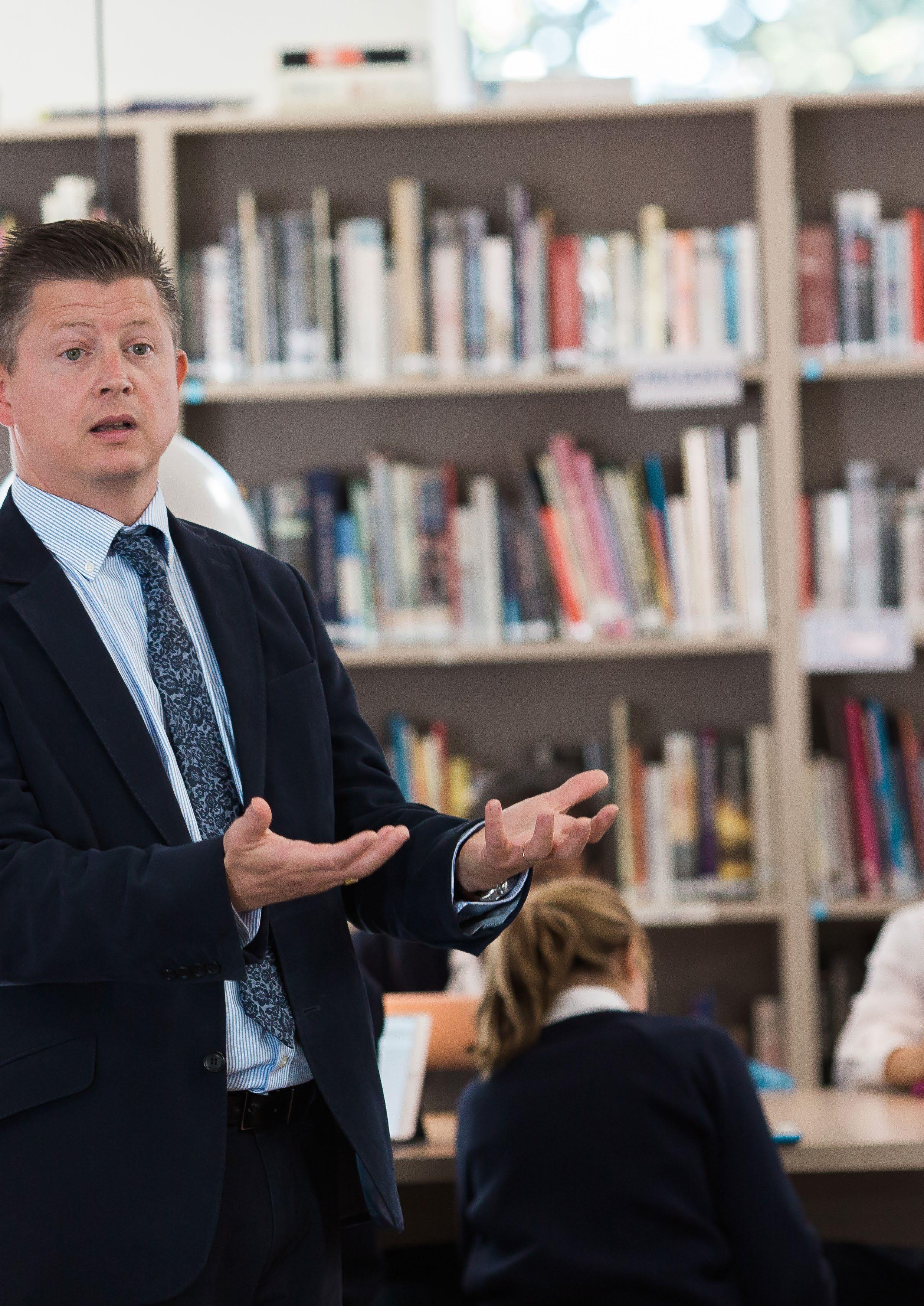Creative Teaching in the Lockdown school goal
4:
To encourage and affirm personal growth s p o rt i n g h e ro e s
at home and hands-on
Traditional classroom learning is hard enough to replicate online – but what about Physical Education and sports? Ms. Lauren Gregory, Chair of Physical Education & Athletics, explains how girls keep active in the lockdown at Marymount.
Mr. Jim Robertson heads up the Visual Arts department, which includes art and design, at Marymount. You may ask: how can art be taught online? Well, they’ve had to be creative…
Movement and activity play vital roles in good physical and mental health. As educators, we knew that physical activity would be an important part of virtual learning, in order for the girls to be resilient and keep learning well. Our girls are all over the world, some with gardens, some without, and with varying degrees of freedom to move in their area. A “one size fits all” approach cannot work at Marymount. Our strategy has been to give the girls freedom over how and when they exercise, encouraging them to exercise at least four times a week for thirty minutes, then reflect on their activity every learning cycle. This has led to an explosion in activity – photographs, videos and very heartfelt reflections have flooded into the Sports department. Girls are using their activity slots to spend quality time with their family, exercising with parents and siblings (and dogs!) This shines through in their reflections. Physical proximity has prompted relationships within households to develop and grow through shared activities. The personal growth of each student is clear through their work; it is both impressive and encouraging to see. Fun challenges, like the Marymount Marathon, daily workouts, as well as dance and yoga challenges posted for students and faculty alike, have provided light relief. Make sure you visit our social media to see Mr. Marcou’s incredible “keepy-uppy challenge.” Instagram: @marymountlondon Facebook: search ‘Marymount London’
8
Creativity and artistry ensure individuals and communities express a sense of identity. Throughout the 2019-20 academic year, the visual arts have given Marymount students an outlet for self-expression. From a teaching and learning perspective, each Grade has had to adapt their units to incorporate a more domestic art environment. In Grade 11 we are experimenting with different tools and textures. Students can’t rely on the more ‘traditional’ artists' tools we have at our fingertips in the Art rooms in Main House. This has meant using our collective imagination: I’ve seen great art using hand-carved potato stamps, paintbrushes made of grass tied to sticks, makeup brushes, and sponges. The students have also had to adapt the colours and paints for the new environment: not everyone has acrylics, oils or watercolours to hand at home. Coffee and tea are good for brown staining; ketchup, mustard, shoe polish and makeup add a bit of colour (as long as you’ve asked the owner’s permission). Papier mâché held together with home-made glue (equal parts flour and water) has also become popular, An increase in online shopping has resulted in an abundance of cardboard boxes, which in turn has seen cardboard replace canvas as the main material upon which to draw, paint and work. Artists in Grade 7 have used these and other items around their home for their sculpture projects, as have Grade 8 for their masks. Marymount students have learned to reimagine the ordinary and make the most of materials and spaces at home. There are many artists who have been inspired in this way, including Claes Oldenburg (who builds oversize sculptures of everyday objects), Gary Hume (who paints with standard house paints) and Phyllida Barlow (who sculpts using household materials). I am always delighted, moved, and inspired by Marymount girls’ creativity and commitment to their own personal growth as artists and designers.


